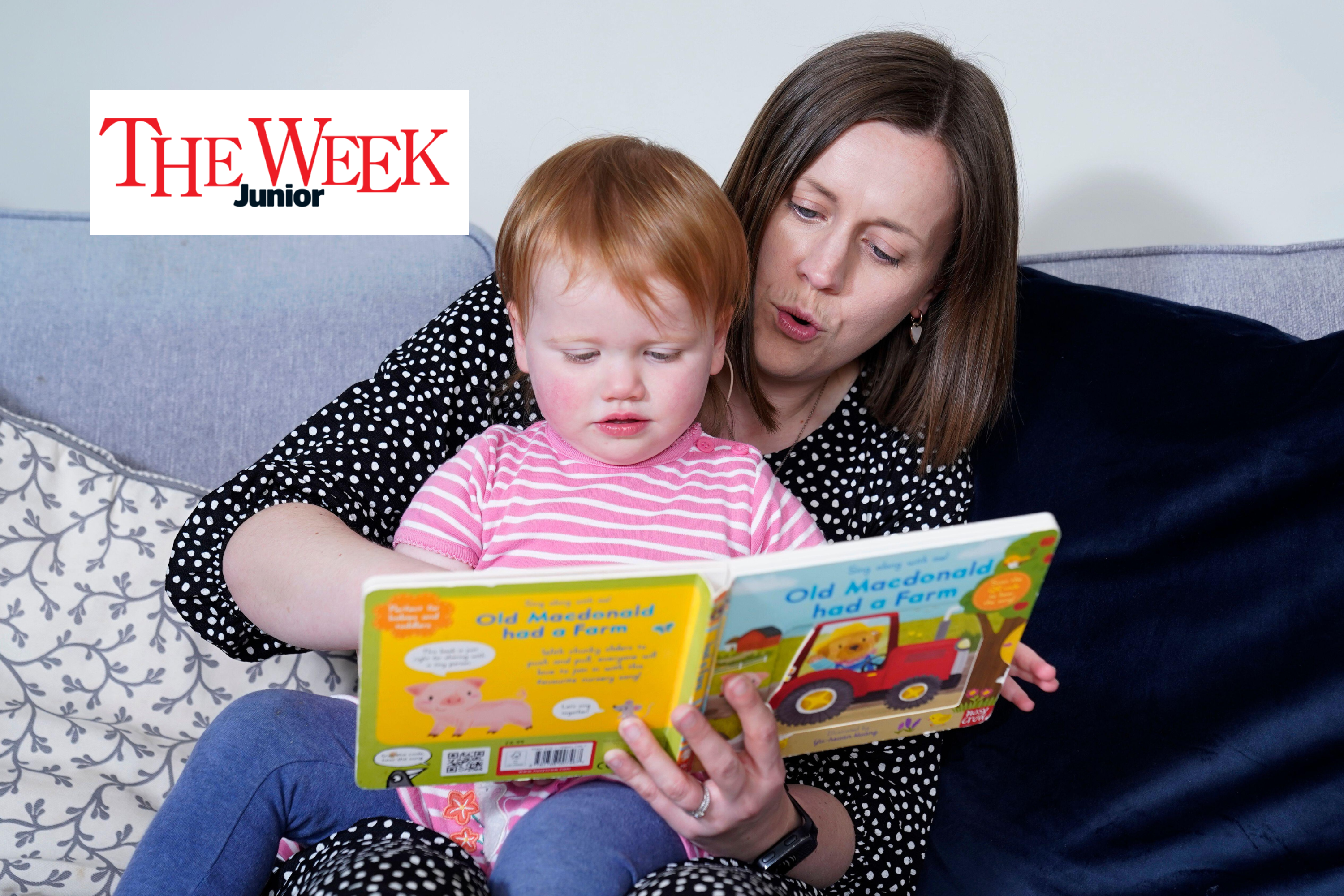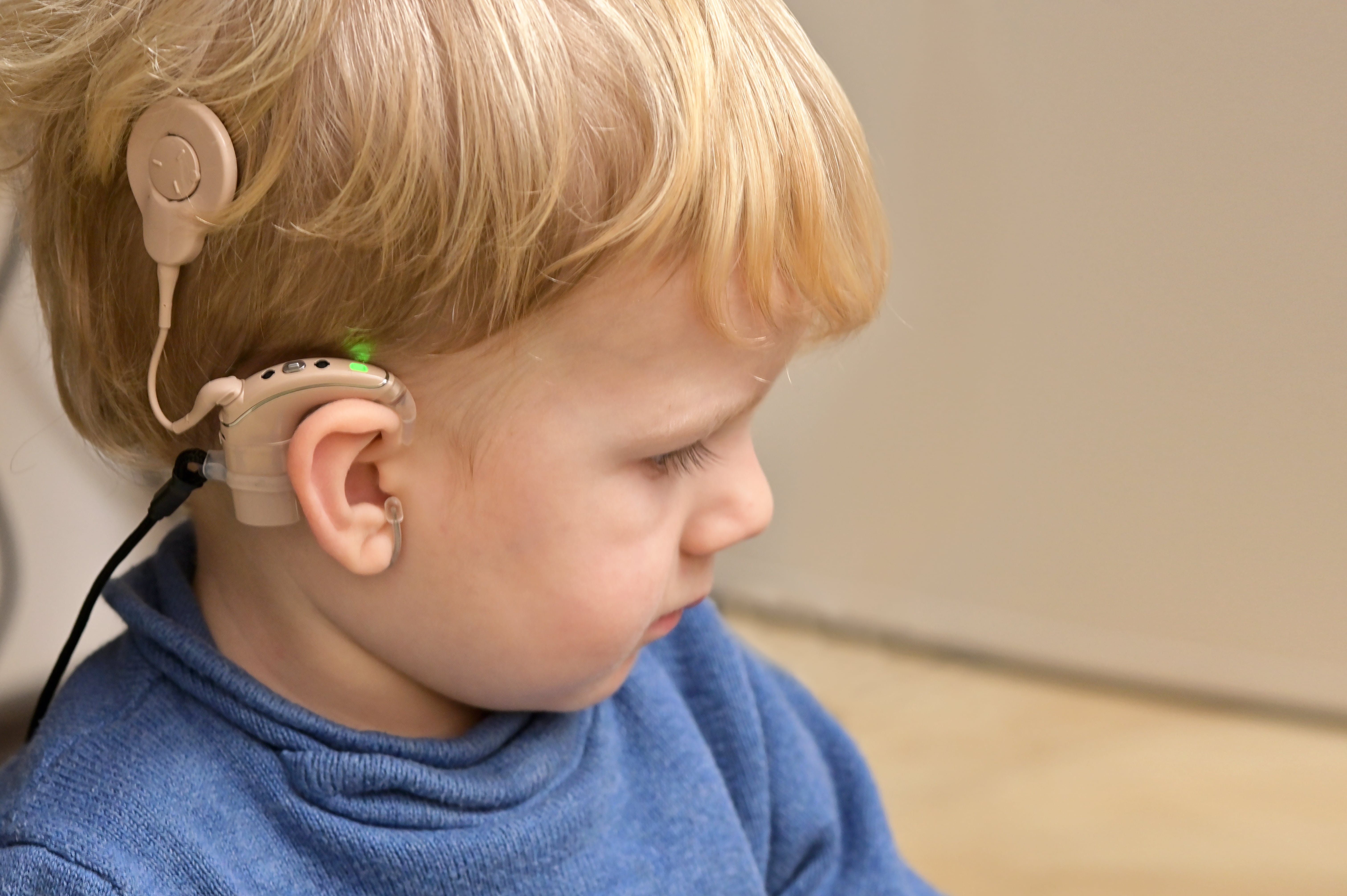
A new type of medical treatment has helped a toddler who was born deaf to be able to hear without a hearing aid.
Ears usually work by catching sound waves and directing them towards the ear canal, which goes in from the part of the ear that you can see. The sound waves cause vibrations inside ear. Part of the inner ear, the cochlea, looks like a snail’s shell. It is filled with lots of tiny hair cells that create a small electrical signal when they vibrate. The signal is sent to the brain, which understands it as sound.
Opal Sandy, who is 18 months old, was born with a condition called auditory neuropathy. This means that the hair cells inside her cochlea are damaged, so the sounds detected by her ear cannot be sent as signals to her brain. Auditory neuropathy can be caused by a gene that is faulty. Genes are short sections of DNA in the cells of every living thing. DNA instructs the body how to build and run itself.
Opal was chosen to take part in a medical trial called CHORD, which is testing a new form of treatment for children who have faulty genes that affect their hearing. The therapy worked by delivering a harmless virus into her inner ear. The clever virus carries a working version of the faulty gene, which then helps the damaged hair cells in the cochlea to repair themselves.
After a few weeks, Opal could hear loud sounds, such as clapping. Six months later, she had almost normal levels of hearing in the treated ear. She could even hear soft sounds, including whispers.
More deaf children from the UK, the US and Spain are going to be included in the trial so scientists can study the effects of the treatment. Their progress will be followed for the next five years. Professor Manohar Bance, who worked on the trial, said seeing the results was “very special”. He added, “It marks a new era in the treatment for deafness.”
What are cochlear implants?

Cochlear implants are electronic devices that are used by people who have damage to their inner ear. They give people the sensation of hearing. A small microphone picks up sound and a processor (tiny computer chip) converts this into a digital code. This is sent to a receiver under the skin, which then stimulates the cochlear nerve (the part of the ear that sends signals to the brain). When the brain receives the signal, it interprets it as sound.
Subscribe to The Week Junior
Get your first 6 issues free - saving £21 - when you subscribe to The Week Junior magazine. Continue on subscription and pay just £33.99 every 3 months, saving 25% off the cover price, unless cancelled in the trial period.







